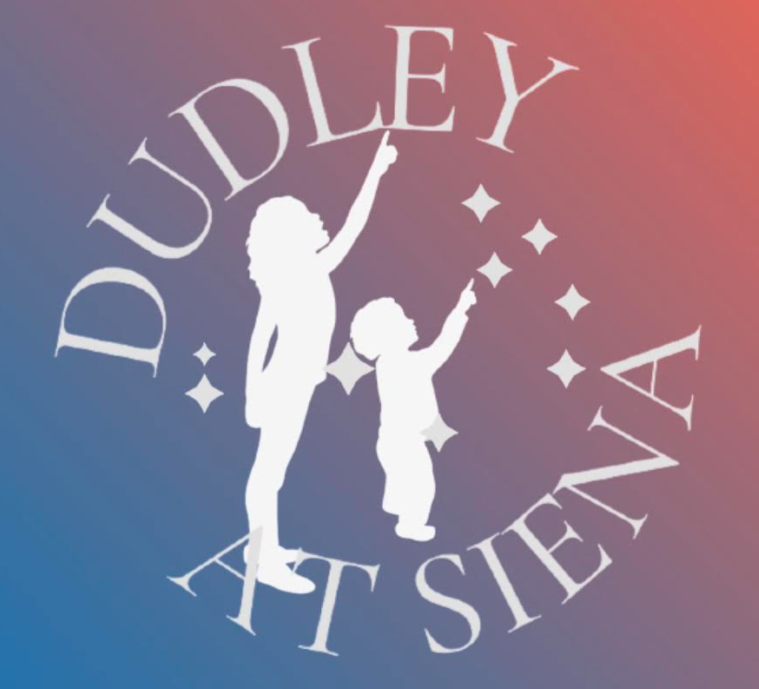Posts Tagged ‘Astronomy’
Skywatch Line for Friday, February 21, through Sunday, February 23, written by Sam Salem
This is Dudley Observatory’s Skywatch Line for Friday, February 21, through Sunday, February 23, written by Sam Salem. On Friday, Sun rises at 6:43am and sets at 5:35pm; Moon rises…
Read MoreSkywatch Line for Monday and Tuesday, February 17th and 18th, by Joe Slomka
This is the Skywatch Line for Monday and Tuesday, February 17th and 18th. The Sun sets at 5:30 PM; night falls at 6:32. Dawn begins at 5:13 AM and ends…
Read MoreSkywatch Line for Friday, February 14, through Sunday, February 16, written by Sam Salem
This is Dudley Observatory’s Skywatch Line for Friday, February 14, through Sunday, February 16, written by Sam Salem. On Friday, Sun rises at 6:53am and sets at 5:26pm; Moon sets…
Read MoreSkywatch Line for Wednesday and Thursday, February 12 and 13, 2025, written by Alan French
This is Dudley Observatory’s Skywatch Line for Wednesday and Thursday, February 12 and 13, 2025, written by Alan French. The Sun rises at 6:56 A.M. on Wednesday and sets at…
Read MoreSkywatch Line for Monday and Tuesday, February 10th and 11th, 2025 written by Joe Slomka
This is the Skywatch Line for Monday and Tuesday, February 10th and 11th. The Sun sets at 5:21 PM; night falls at 6:57. Dawn begins at 5:22 AM and ends…
Read MoreSkywatch Line for Friday, February 7, through Sunday, February 9, written by Sam Salem
This is Dudley Observatory’s Skywatch Line for Friday, February 7, through Sunday, February 9, written by Sam Salem. On Friday, Sun rises at 7:03 am and sets at 5:17pm; Moon…
Read MoreSkywatch Line for Monday, and Tuesday, February 3rd and 4th, written by Joe Slomka
This is the Skywatch Line for Monday, and Tuesday, February 3rd and 4th, written by Joe Slomka The Sun sets at 5:12 PM; night falls at 6:48. Dawn begins at…
Read MoreSkywatch Line for Friday, January 31, through Sunday, February 2, written by Sam Salem
This is Dudley Observatory’s Skywatch Line for Friday, January 31, through Sunday, February 2, written by Sam Salem. On Friday, Sun rises at 7:11am and sets at 5:07pm; Moon rises…
Read MoreSkywatch Line for Wednesday and Thursday, January 29 and 30, 2025, written by Alan French
This is Dudley Observatory’s Skywatch Line for Wednesday and Thursday, January 29 and 30, 2025, written by Alan French. The Sun rises at 7:13 A.M. on Wednesday and sets at…
Read MoreSkywatch Line for Monday, and Tuesday, January 27th and 28th, written by Joe Slomka
This is the Skywatch Line for Monday, and Tuesday, January 27th and 28th, written by Joe Slomka The Sun sets at 5:02 PM; night falls at 6:40. Dawn begins at…
Read More